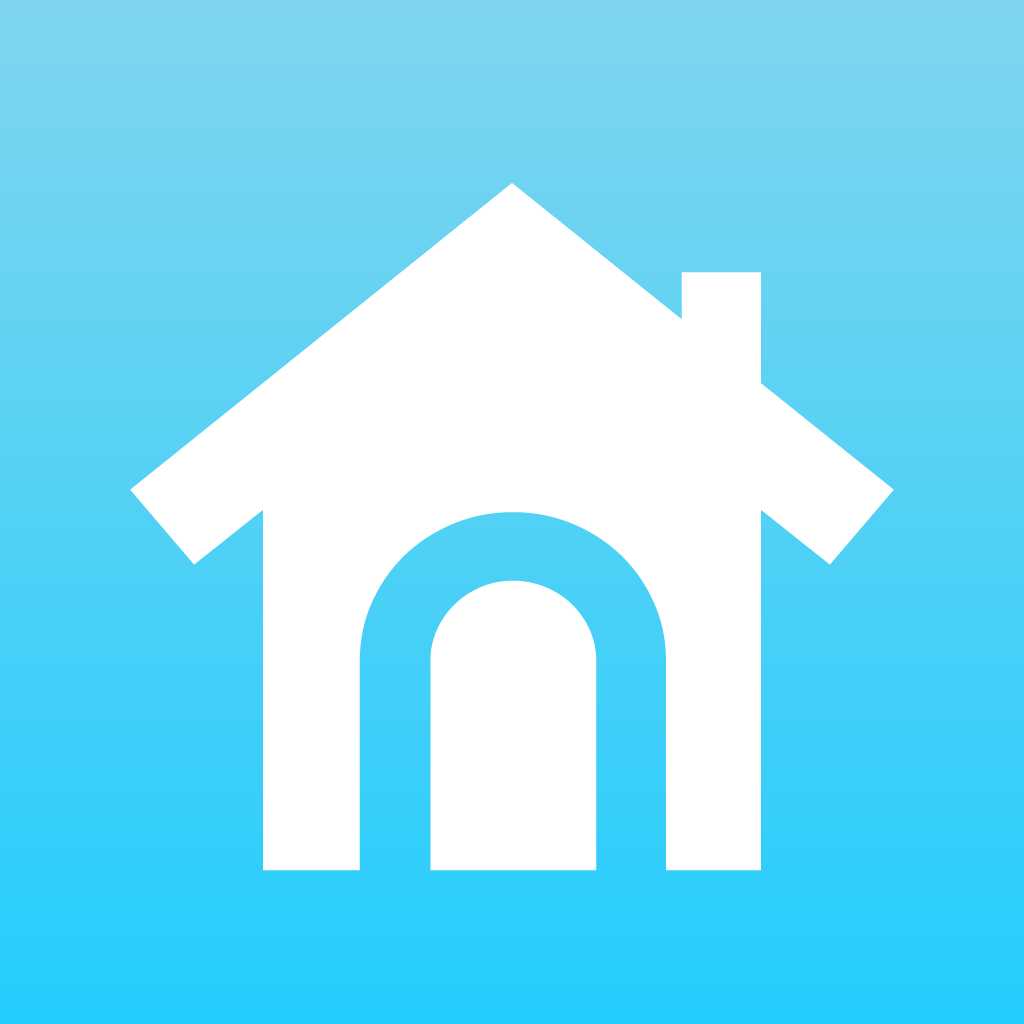
You can now control a Nest thermostat using the Google iOS app
Almost a year after purchasing Nest for $3.2 billion, Google has just rolled out some interesting integration with the smart home company’s thermostat.
First up, using the Google for iOS app, users can ask Google to set or change their thermostat’s temperature. After opening the app, just tap on the microphone or say “OK, Google.”
You can then give a number of commands like “Change the temperature to 68 degrees.”
The app can also be set to work automatically with a Nest thermostat. For example, it can detect when you are on the way home and heat or cool the house to your preferred temperature. A Google Now card will also show exactly what’s happening.
More information about the integration, and what you’ll need to do to get started, can be found here.
The Google app, formerly known as Google Search, was updated last week with some substantial improvements. Along with optimization for the higher-resolution screens of the iPhone 6 and iPhone 6 Plus, version 5.0 is highlighted by the material design found in other apps from the company.
A Nest thermostat retails for $249, and it can be purchased from a number of retailers and through the company’s site. Nest also has another smart home device – the Protect smoke/carbon monoxide detector – which I reviewed earlier this year. Both of those products can be controlled through the Nest Mobile app.
Nest itself also purchased Wi-Fi camera maker Dropcam back in June.
For other recent app news and reviews, see: Recover your stolen loot in Sneaky Sneaky, a challenging new stealth RPG game, Viber messaging app expands platform to integrate with mobile games, and ShopKeep iPad point-of-sale app now supports Apple Pay via new Ingenico card reader.



